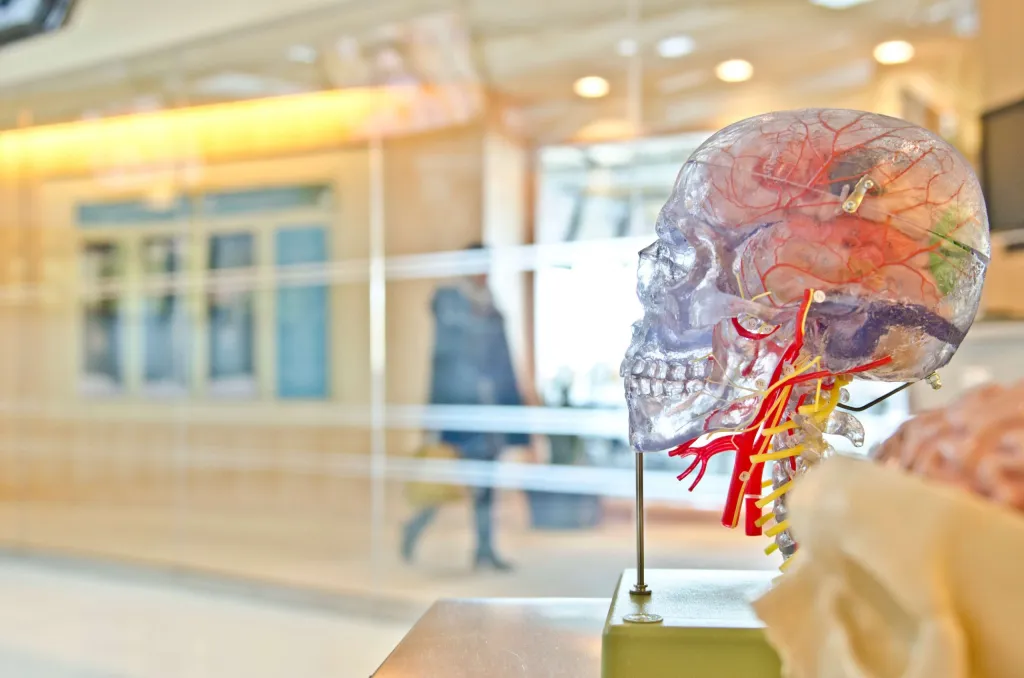
Health
Non-Alcoholic Fatty Liver Disease (or NAFLD)-How Does It Develop, Signs and Symptoms and Diagnosis
|
Non-alcoholic fatty liver disease (or NAFLD) is a liver disease that involves hepatic fatty infiltration that is not related to alcohol. We’re going to look at why this happens, what are some of the risk factors, and the signs and symptoms of this condition.
It is a spectrum of macrovesicular hepatic steatosis that eventually leads to inflammation and later fibrosis. Essentially, the liver starts to build up fatty deposits that lead to inflammation of the liver. This infiltration and inflammation over long periods of time can lead to scar tissue or fibrosis. The cause of non-alcoholic fatty liver disease is essentially insulin resistance.
What is Insulin Resistance and Why Does Fat Accumulate in the Liver?
Cells have insulin receptors and glucose needs to enter the cells. For this to happen, we need insulin to activate the insulin receptor and allow the glucose to enter the cell. But in a state of insulin resistance that doesn’t happen. The insulin receptor doesn’t work properly. We cannot get the glucose into the cell as we need it to. What happens instead is that as glucose starts to increase, insulin also starts to increase, and we become hyperinsulinemic. These cause a couple of different things to happen. The hyperinsulinemic state leads to increased lipogenesis (fat production) in the liver.
The liver will take that higher level of glucose and convert it into fat. Since this process is happening at a higher glucose level, the fat-making process becomes aberrant, and it leads to fatty deposits in the liver. This is how NAFLD develops.
Risk factors for NAFLD
The risk factors for NAFLD include the following:
Metabolic syndrome
Type 2 diabetes
Hypertension
Dyslipidemia
What is interesting is that rapid changes in weight including weight gain or weight loss can lead to this condition as well.
What Is The Pathogenesis and Progression of Non-Alcoholic Fatty Liver Disease?
When there is minimal fatty infiltrate, it leads to acute hepatitis. Hepatitis means inflammation of the liver. So it’s an acute inflammation of the liver due to something entering the liver that really isn’t supposed to be there. If this low-level inflammation of the liver continues over time, the fat can continue to accumulate and can continue to infiltrate into the liver tissue. This essentially can lead to prolonged and chronic inflammation in the liver. Over time, if this goes on for years, it can lead to scar tissue in the liver. Scar tissue in the liver is cirrhosis.
Signs and Symptoms of NAFLD
Unfortunately, this is a mostly asymptomatic condition. So people just go on with their lives and don’t realize that they have NAFLD. When there are symptoms, they are often vague and that doesn’t help either. Many times patients with NAFLD present with malaise – that is people feel very tired, or they have right upper quadrant discomfort. This sensation can be described as a gnawing or aching kind of sensation.
Abnormal Findings in Laboratory Investigations in NAFLD
Hypertriglyceridemia (Increased triglycerides)
Hypercholesterolemia (Increased LDL cholesterol)
Essentially the liver is making a lot of fats, so you’re going to see that in the blood.
An elevated HbA1c
Elevated fasting blood glucose
So different parameters of insulin resistance might be abnormal as well.
- Elevated liver enzymes if there is hepatitis
Imaging
A right upper quadrant ultrasound will show a hyperechogenic liver in NAFLD.
So, that’s about NAFLD in a nutshell.
Did you find my article “Non-Alcoholic Fatty Liver Disease (or NAFLD)-How Does It Develop, Signs and Symptoms and Diagnosis” helpful, or know somebody who would? I’d really love it if you could share it.



